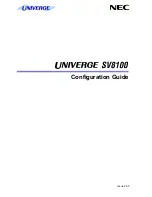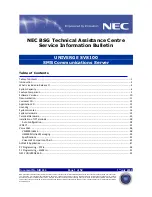
•
Data integrity. Integrity checking is executed to verify that data has not been altered during
transmission from sender to receiver.
•
Server authentication. The system can be authenticated using the public key authentication
scheme. The system’s public key can be stored on client machines, allowing the SSH client to
compare the key presented by the system to the key stored on the client machine.
CLI User Name Restrictions Using SSH
There are several CLI user names that are reserved for use by HP. Reserved names are as follows:
•
root
•
daemon
•
bin
•
console
•
nobody
•
sshd
•
telnetd
•
sys
•
sync
•
man
•
proxy
•
list
New Users
When creating a new user, specify a new user name that is not on the reserved name list.
Existing Users
To delete a user, issue the
removeuser
command.
cli% removeuser pw1
User removed
In the previous example, a user with the reserved user name of
pw1
is removed.
To create a new user, issue the
createuser
command.
cli% createuser ROOT1 all edit
In the previous example, new user
ROOT1
is created.
See the HP 3PAR Command Line Interface Reference for complete information about these
commands.
Accessing the CLI Using SSH
NOTE:
The following screen examples display output for UNIX systems. Windows screens are
identical, with DOS prompts replacing UNIX prompts.
A total of 16 connections are allowed at one time.
To access the CLI using SSH:
SSH
53
















































